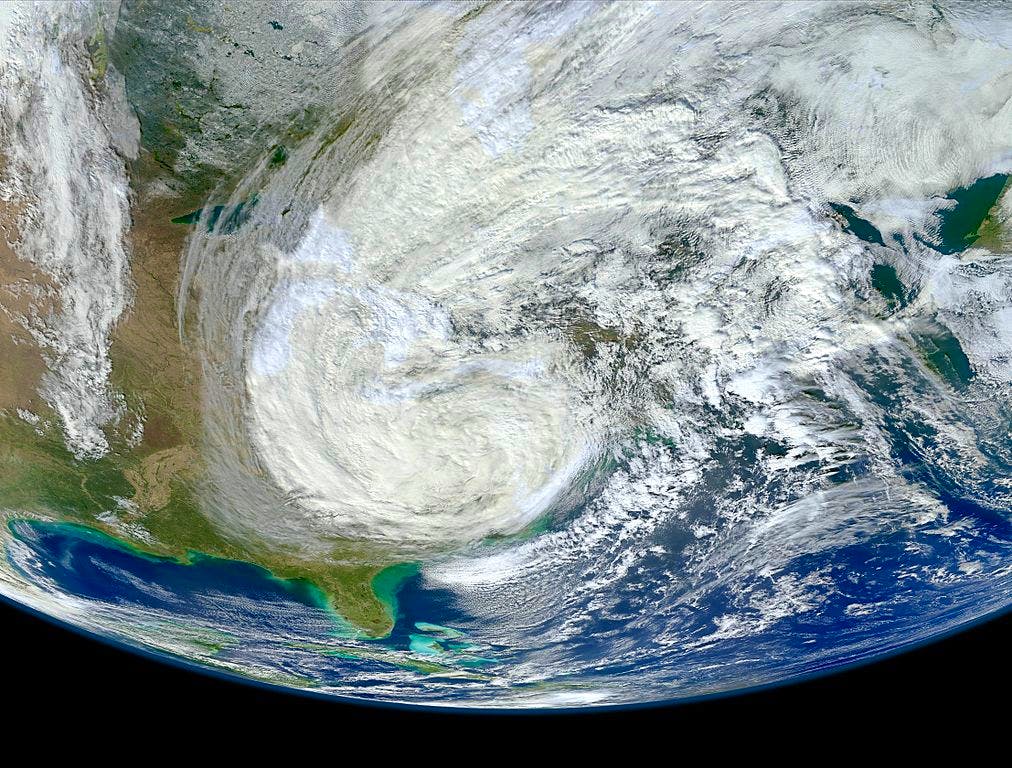Haley McKey, Communications Associate

Storm surge damage at Chincoteague National Wildlife Refuge (Credit: USFWS Northeast)
This past Tuesday, the House voted on the $50.4 billion Hurricane Sandy supplemental bill. The outcome? Results are mixed, but overall, we were pleased to see that there’s good news for both wildlife and people thanks to Representative Frelinghuysen.
The Sandy hurricane supplemental bill (H.R. 152) originally slated for the House floor left out many of the forward-thinking provisions the administration and the Senate’s relief bill proposed for restoring coastal ecosystems. But Congressman Rodney Frelinghuysen (R-NJ) saw the need to keep these provisions, and introduced an amendment restoring most of them to the bill.
His amendment included the full amount of much-needed funding that the Obama administration requested for repairs and restoration at national wildlife refuges. The storm cost our refuges a total of $78 million in damages from flooding, erosion, and debris, 16% of the National Wildlife Refuge System’s total budget. Unfortunately, nearly $10 million of this funding that would have gone to repairing damage on the Stewart B. McKinney National Wildlife Refuge in Connecticut was subsequently stripped by an amendment offered by Rep. John Fleming (R-LA).
The Frelinghysen amendment also provides the National Park Service with $348 million to repair damages that occurred on national parks. The USDA will get funding for restoration and repair to private property: a total of $203 million for restoring damaged farmland and forestland and reducing flood risks.
In addition, the amendment provides a crucial $360 million to Department of the Interior programs to “increase the resiliency and capacity of coastal habitat and infrastructure to withstand future storms and reduce the amount of damage caused by such storms.” The Fish and Wildlife Service, the National Park Service, the U.S. Geological Survey and other programs will all be included. Restoration will also be funded through grants and cooperative agreements with states, tribes and municipalities.
Finally, it gives $2.9 billion to the Army Corps of Engineers for planning and constructing flood-reducing projects that support the long-term sustainability of coastal ecosystems. It also sets down some new ground rules: the amendment requires the Army Corps of Engineers to reconsider projects that were authorized before Hurricane Sandy and other extreme weather events. These and all future project plans must take current scientific projections of climate-related risks into account. This is a big step towards making climate planning a part of all building decisions, and will help ensure the success of future projects.
However, the House also passed two other amendments which aren’t so beneficial. An amendment offered by Rep. Rob Bishop (R-UT) prohibits use of any funds in the bill for land acquisition, which prevents the U.S. Fish and Wildlife Service and USDA from using these funds to acquire flood-prone habitat to act as a buffer to protect communities. An amendment offered by Rep. Bill Flores (R-TX) also passed, cutting $150 million in coastal funding that could have gone towards improving the quality and resilience of marine wildlife habitat.
Fortunately the House wisely voted down the disastrous amendment offered by Rep. Mick Mulvaney (R-SC), which called for offsetting $17 billion of the funds in the bill with discretionary funding cuts across the board. The amendment would have forced cuts in important environmental programs, already underfunded, forcing these programs to scrape by even more and even eliminate essential activities. Overall, the Hurricane Sandy supplemental bill passed by the House is a forward-looking and ground-breaking piece of legislation that will address important issues like preventing future flood damage, repairing damaged areas in refuges and parks, restoring habitat and helping wildlife adapt to climate change.



